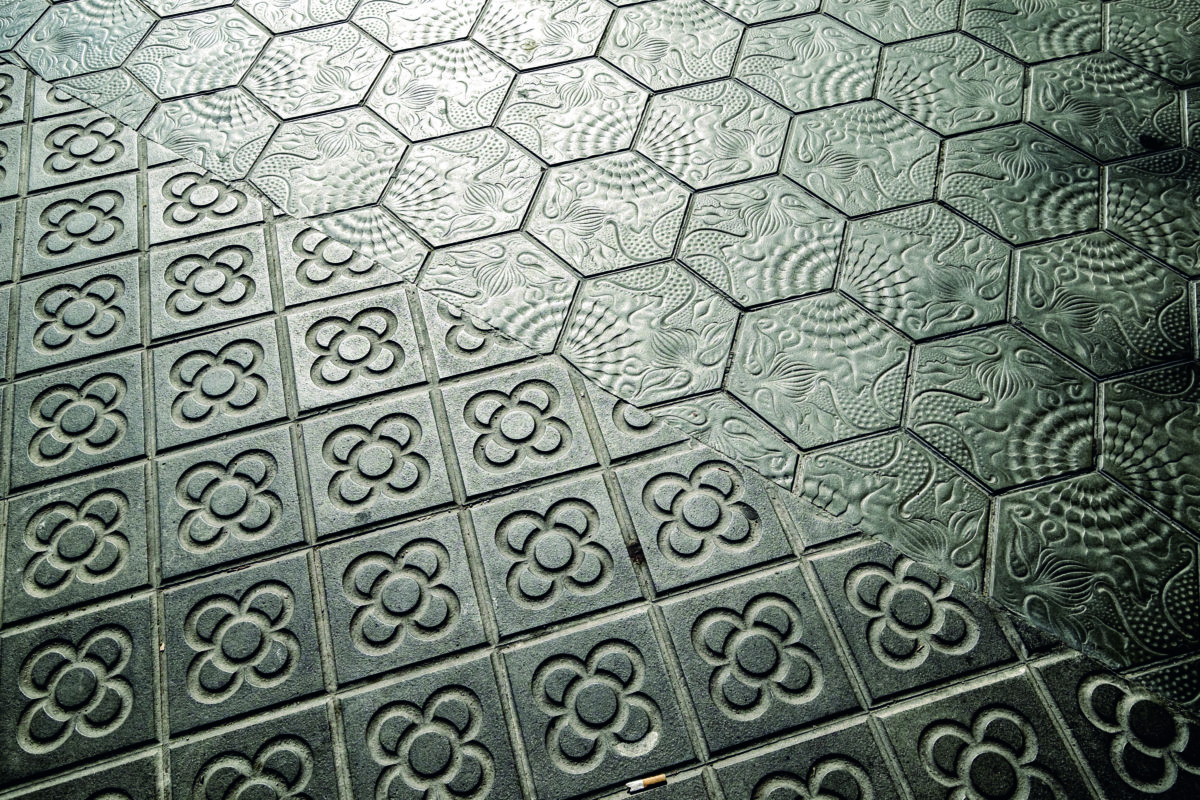That famous gray hydraulic cement tile, better known as panot de Barcelona, has been part of the city since the development of the Eixample.
This tile is part of the city. It is a very Barcelona pavement, even an icon of the city.
The researcher and PhD in Public Space and Urban Regeneration, Danae Esparza, in her book “Barcelona at ground level”, analyzes in detail the pavement of the city and brings to light the history and interesting facts.
His research has uncovered unique ceramic and tile designs and, incidentally, a lot of history.
One of the most outstanding findings is that in 1906, the City Council held a public contest to choose five tile designs. At this time the winners were the most popular today, among them the famous flower panot.
What is known about the history of the Barcelona panot
This well-known tile, known as panot, was apparently used long before. However, Danae Esparza indicates that its use is only documented from 1906 onwards.
In fact, it was one of the five designs chosen by the City Council in the public competition at the time.
At the time, this tender was of great importance for the construction of a city without walls and which was expanding in the midst of a chaotic urbanization.
And the reason for the exaggeration in pavements was economic. Initially, they came from the money given by the residents themselves and it was in accordance with what each one had to pay.
At that time, the designers asked for the expensive natural stone from Montjuïc and the “pavement of promenades”, a type of macadam of compacted earth, for the roadways.
If a paving company or property owner wanted to use another material, they had to ask for a municipal permit.
When it was time to homogenize the sidewalks, the Barcelona panot arrived.
Because they were paving in a fractional and costly manner, the Ensanche Commission approved several measures to homogenize the sidewalks. In doing so, he extended an effective and economical solution that some neighbors had already realized. It was hydraulic cement.
This cement facilitated the creation of textures and mosaics in the city streets and integrated very well with the fragmented and uneven urbanization of the city.
The advantage of the time with respect to this material was that the Catalan industry produced cement, so that the mosaics of this material had become popular among the small and upper bourgeoisie.
In fact, a rugged, square exterior version has been on the market for years.
In short, hydraulic tiles in various shapes, mosaics and transformed into artistic pieces, have made the floor of Barcelona the best canvas for creativity.

